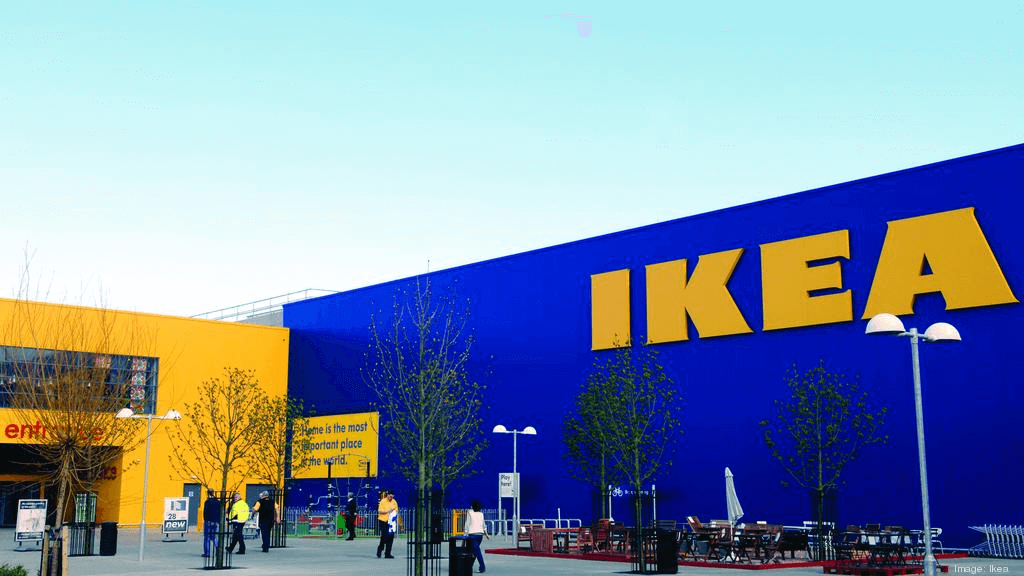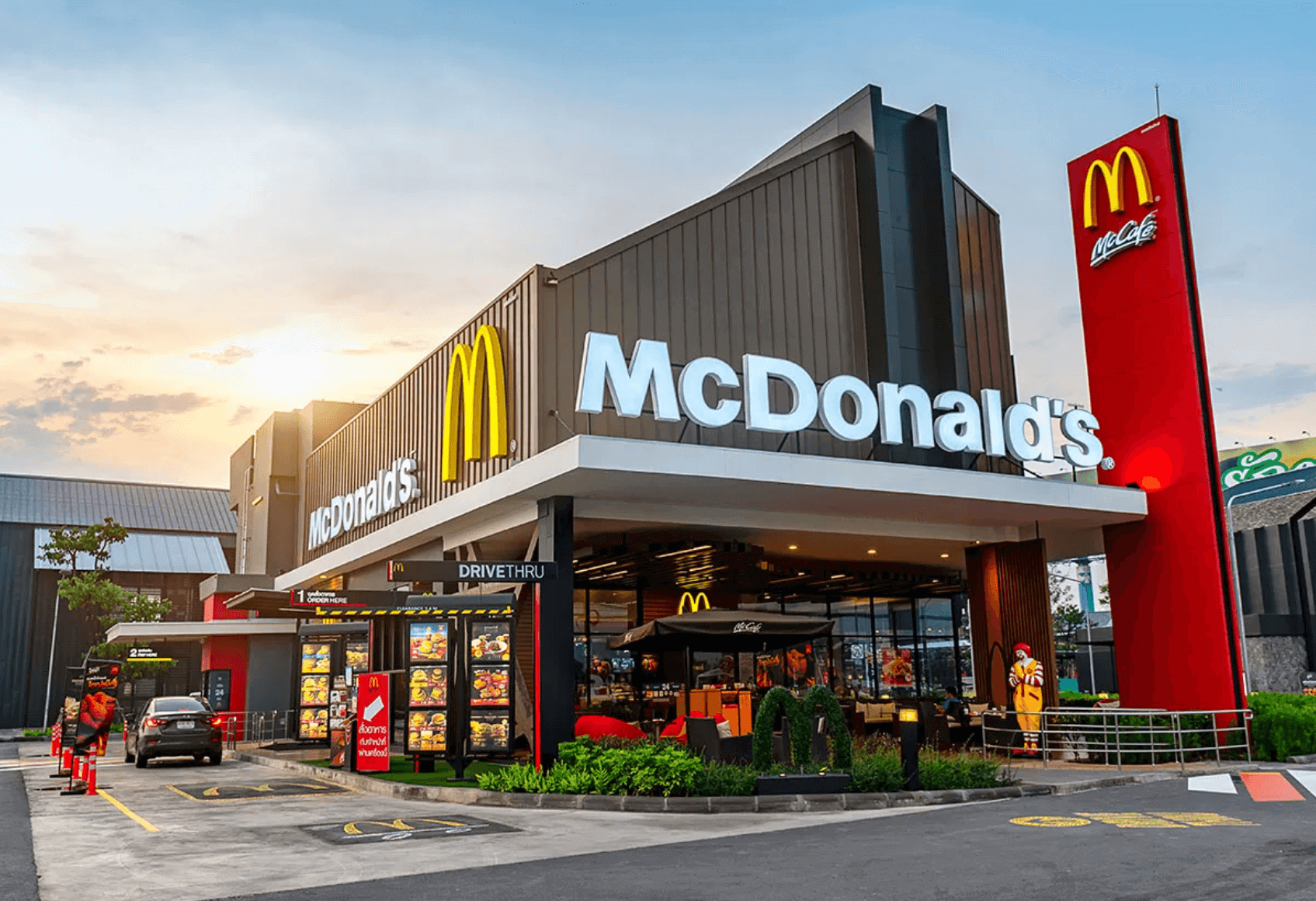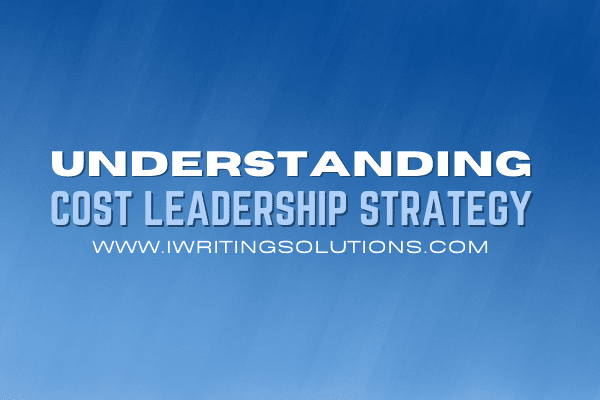| Summary |
| Cost leadership is a strategy to acquire market share by producing the cheapest items in a market or sector. Competitive pricing differentiates organizations. Businesses with the lowest manufacturing costs may provide the same product quality at a considerably cheaper price. Competitive pricing is one-way businesses set themselves out from the competition. It is possible for businesses with the lowest manufacturing costs to provide a comparable product at a considerably cheaper price than their competitors. There are five generic competitive strategies. The low-cost strategy, best-value strategy, differentiation, focus- low strategy, and focus- best strategy. |
Corporations often adopt low-cost items as a growth strategy. When a business can sell its goods at a reduced cost, it has an advantage over the competition. Indeed, developing a cost leadership strategy is necessary for this.
No firm is entirely immune to rising prices. Most managers have mastered adjusting their current operating expenses to account for inflation. Despite this, few companies have incorporated it into their strategic plans.
So, most managers in capital-intensive businesses have not given enough attention to the long-term impact of growing capital needs.
What is Cost Leadership?

In the context of competition, cost leadership refers to a company’s claim to be the cheapest maker or supplier of a particular product or commodity. What is Differentiation? To stay competitive, management must continually endeavor to reduce costs at every company level.
To compete in an industry or market, making your product or service stand out without sacrificing its usefulness is essential. Differentiated goods and businesses have distinct advantages over their rivals’ items or alternatives in the marketplace.
As an added bonus, a distinguished company or product might appeal to its target audience because of its uniqueness.
Cost Leadership vs Differentiation
Michael E. Porter, based in his 1985 book “Competitive Advantage: Creating and Sustaining Superior Performance,” suggested two more Generic Strategies: cost focus and focused differentiation.
“Stuck in the middle” is the name given to the circumstance when a company loses all concentration and has no idea where it will go in the future.
As a result, a company can’t follow one strategy while pursuing the other since they both have conflicting aims and objectives. Find out how they vary by looking at their specific characteristics.
Aims and Purposes
These two approaches aim to increase an organization’s profit margins by out-competing the competition. On the other hand, a cost leadership strategy aims to manufacture in large quantities while perhaps selling its products and services at a more competitive price point.
A differentiation strategy aims to make a company or its product stand out from the competition by making it as distinctive and appealing as possible, to the point where the cost to customers is trivial.
Getting an advantage over the competition,
Because its expenses are lower than those of its rivals, a “cost leader” company may afford to offer cheaper pricing. In addition to having the power to set market prices, it may utilize the extra money it saves by cutting costs to enhance production or invest in new business ventures.
Companies and products that are highly distinct have the benefit of setting their pricing higher than the current market price trend, allowing them to make more money.
Strategies
A cost leader employs mainly budget and resource management strategies. Low direct and indirect costs, good asset utilization, and value chain management are just a few examples.
To achieve and maximize economies of scale, establish and preserve brand equity and loyalty, and use the cumulative experience to build strong leaders and managers, among other strategies.
Marketing and promotion techniques and value addition are additional methods for creating differentiation in a business. A company may also set itself apart by emphasizing a particular product, service, distribution channel, customer connection, or even pricing and brand.
What is Cost Leadership Strategy?
Companies that want to obtain a competitive advantage via being the lowest-cost producer of a service, manufacturing process, or commodity might use a cost leadership strategy. Cost leadership refers to being the producer of the product or service with the lowest total cost.
Additionally, a cost leadership strategy provides goods or services which are acceptable.
Five Generic Competitive Strategies

A company’s profitability is defined by its role in its industry compared to its peers. The key to long-term profitability is a competitive edge that can be maintained over time.
To support this, they refer to the five generic competitive strategies.
- Low-cost strategy
- Best-value strategy
- Differentiation
- Focus- low strategy
- Focus- best strategy
Low cost and differentiation are two of the most common forms of competitive advantage. Meanwhile, cost leadership, differentiation, and focus are three typical methods for obtaining above-average performance.
Both cost-focused and differentiation-focused focus strategies fall under the umbrella of the focus strategy.
Three Competitive Strategies
Competitive advantage may be gained via several general tactics. The majority of cost leaders will use a combination of these tactics simultaneously.
Creating Large-Scale Economies
In the context of business, an economy of scale is a strategy that takes advantage of the lower costs of mass manufacturing. Under the microeconomics theory, fixed expenses like real estate, equipment, and staff pay are included in the total cost of producing goods and services.
Producing the first pieces of items is prohibitively costly due to these expenses, but the per-item cost falls when a company expands its manufacturing capacity. Production grows, but the cost of doing business remains the same.
Advancing the state-of-the-art
To improve output and cut prices, cost leaders might invest in developing new technologies that will enhance efficiency and lower operational expenses.
Materials sourcing
Most raw material providers mark up their prices to earn money. A corporation can cut manufacturing costs while still adding value to the final product by owning or controlling the source of raw materials. Generally, keeping an eye on the value chain is known as value chain management.
Three Cost Leadership Strategy Examples
And now that it is clear to you that the goal of the cost Leadership approach is to achieve the lowest operating expenses in the industry. Here are some instances of cost leadership in real-life examples:
1. Amazon

Amazon, the world’s largest e-commerce company, is one of many companies that have shown cost leadership. When it comes to Porter’s idea, the company’s fundamental approach is definitely cost leadership compared to other brick-and-mortar stores.
Generally, Amazon’s competitive advantage comes from a variety of sources, including:
Through the economies of scale, the corporation has extensive warehouse facilities and processing capabilities, therefore reducing expenses via physical economies of scale.
In addition, they use modern technology, which allows them to employ advanced processing, digital marketing, and networking technologies. As a result, Amazon obtains maximum operating efficiency (and minimum expenses) (and minimized costs).
With processing automation, the organization has managed to automate several operational operations, including purchase processing and delivery scheduling, among others.
Amazon’s primary objective is to strengthen its IT infrastructure to get a competitive edge. The brand is beginning to stand out in its own right, much as we saw with IKEA.
For example, the corporation has distinguished itself via user evaluations and comments, encouraging people to purchase more from Amazon.
2. IKEA

IKEA’s cost-cutting approach of mass production of easily assemblable standard items has given them a substantial edge over the competition. The international corporation now has 433 locations in 52 countries.
To understand why IKEA is the furniture industry’s low-cost leader, consider that IKEA does not provide customized items, preferring to stick to standard designs. Also, standardization makes it possible for the corporation to mass-produce items for all of its locations throughout the globe. Gain scale advantages that smaller companies just lack.
In addition, the shop is looking for vendors that can provide excellent subassemblies at the lowest possible cost, with consumers needing to put the furniture together themselves. The fact that IKEA does not have to pay workers to assemble its products is one of the reasons for their cheap costs. They’re not included in the purchase of the goods, but you may hire them if you like.
Many corporations, like IKEA, outsource production to low-wage nations, which helps them save money even more. It’s impressive to note that IKEA employs a differentiation strategy in addition to its cost leadership advantage. People flocked to the firm since it had established a fresh and unique business model.
3. McDonald’s

A list of cases of Cost Leadership would be incomplete without including McDonald’s, one of the most recognizable fast-food businesses in the world. To what extent are they able to outperform the competition, though?
To ensure quick meal service, McDonald’s has simplified and standardized the cooking procedures to make them as simple as possible for its workforce to pick up on. Additionally, recruiting and training freshers rather than recruiting chefs who have already been trained enables the organization to offer lower rates since they can afford to do so.
McDonald’s owns the facilities that make the component mixes for its products, compared to rivals, which further reduces its expenses. Generally, the corporation can reduce costs via the efficient use of raw materials and labor and the high use of assets.
Faster food production and delivery allow them to serve more customers simultaneously than their competition.
Conclusion
Indeed, cost leadership is crucial to improving the availability of capital resources. Although the cost of retail items is cheap, it can keep more considerable capital solely because of more significant margins from each transaction. If every such product delivers a bigger margin, then, over time, it may be utilized for various purposes.
However, an organization that is pursuing a cost strategy will likely have minimal variation in compensation between high and poor performers. Employees responsible for supporting a family rely on their base salary as a powerful motivation.
Did you find this article informative? If so, feel free to check out our site at iWriting Solutions.



